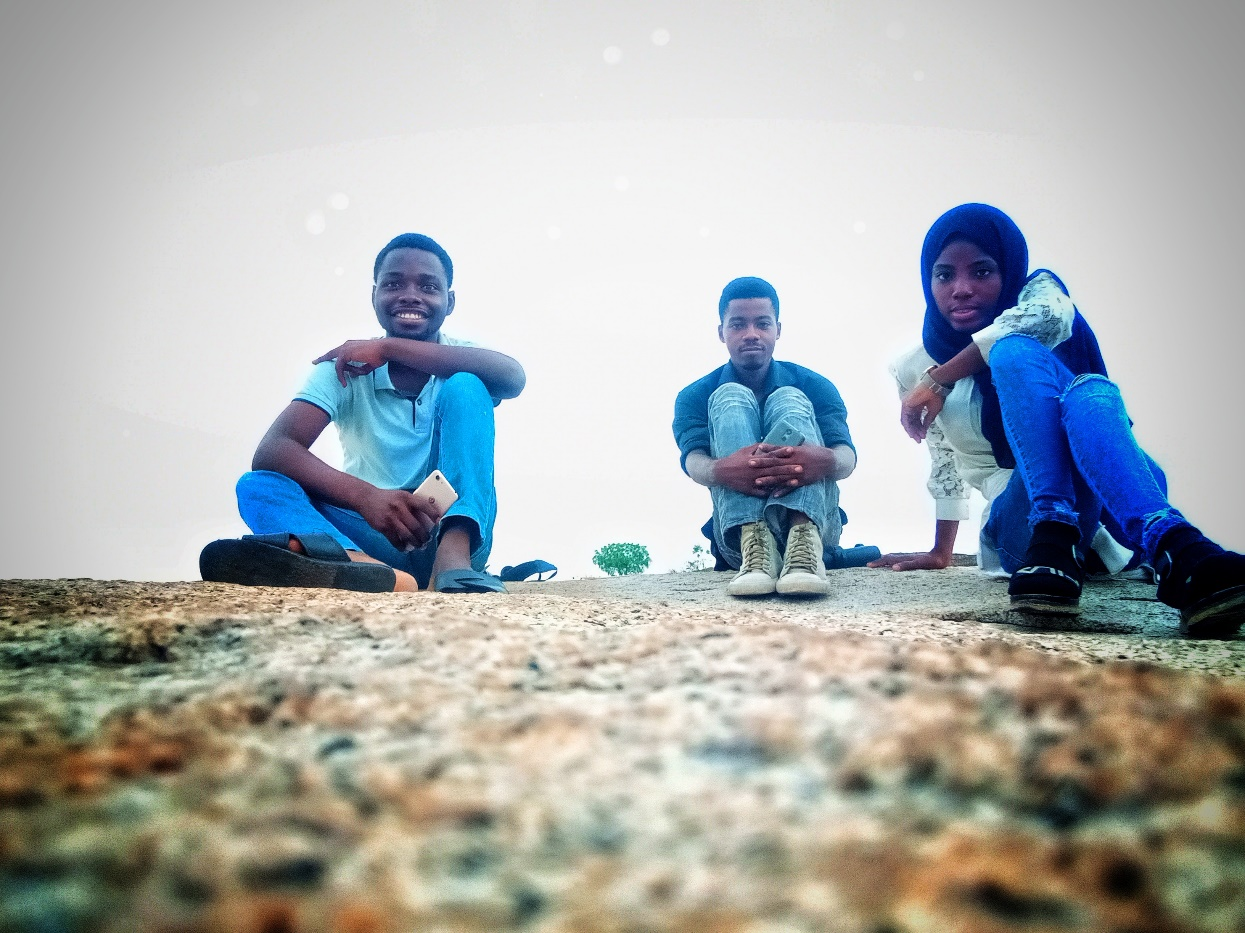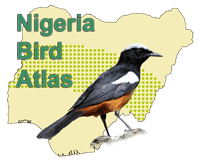Very early on Wednesday, 4th of January 2023, I stepped out of my hostel to do my thing (Birdwatching). Thankfully, I did not have an 8 am class that morning, my first class for the day was slated for 11 am, so I thought about taking a solo trip that morning for the birds. I was rounding off my Birding activity and as I was returning to my hostel, I checked out a good birding spot around the Zoological Garden. I should tell you why the spot is good for Birding. There is a small river-like outlet out of the Zoological Garden, I do not know the source of the water but the same water passes through the University fish farm, and some forested areas on campus before passing through the Zoo. Outside the Zoo premises, the water continues to flow to the University dam, Awba Dam (Another good place to watch birds on the University of Ibadan campus. Just at the outlet of the water from the Zoo, the water passes under a bridge and continues to flow towards the University dam. At that outlet, there is a unique habitat that is very good for birding. There is a banana plantation to the right and a small densely vegetated area to the left. The vegetated area makes up a part of the watershed for the dam. The combination of aquatic and terrestrial features makes the area a hotspot for birds.
I stayed on the bridge and looked ahead into the small swampy area close by, Bronze Mannikins seemed to have a joint, meeting for their meal that morning as they were there in their numbers, flying all about. I was enjoying my view of the Mannikins when I saw about 9 Egrets coming from their roost site at the dam. They formed a “V” shape in flight and as I looked at them, following the rhythmic flapping of their wings, they began to move out of my sight. Then, there was a distracting familiar call, I looked in the direction that the call came from and found a pair of Red-headed Malimbe. They perched on one of the branches of a tree about 50m from where I stood. I grabbed my binoculars and have a better view. A few passersby saw me using the Binoculars and asked what I was looking at. Some of them spared a little time to talk to me. I had a nice time talking to them about birds. I gave them my binoculars to see some birds in sight. No doubt, ‘birds connect people’. I made friends on my birding spot, we exchanged contacts and we have kept in touch, going out birding sometimes.
Just as my new friends left, I looked down into the flowing water to catch the sight of what seemed like the Black Crakes calling from a secluded patch. I kept my eyes on the direction the call came from hoping that the crakes will come to the open. Alas! I saw something else, a “beauty” walking out elegantly from another direction. It was my first time seeing this species and I did not know the name. “This is not a Jacana”, “Is this another kind of crake?” I was in a dilemma, I wanted to identify it correctly. I watched as the bird continued to forage in the shallow waters.
I wanted to get the picture; however, I was not with a camera and the quality of the image decreased as I zoomed in with my phone camera. I was discouraged and wanted to just focus on identifying the Bird species as I launched my Birds of Africa mobile App. Just as it was coming up, an idea dropped in my mind for the picture. I placed my phone camera on the right eyepiece of my Binoculars, that was the magic! I got clear pictures and I was very happy. As I checked through the pictures, I gave an exciting “Yes!” sound. That seemed to draw attention from many Passersby as eyes were on me. I didn’t mind, the pictures of my yet-to-be-identified bird mattered more to me at this point.
I left the spot and walked towards my hostel as I looked through the Birds of Africa App. Painfully, I did not find the Bird on the crake list. I was consoled with the fact that I got pictures I would share with people who could help me with the identification and I would be able to log the species, which is going to be plus one to my Bird Life list. (Life list is the number of Bird species a Birder has seen and recorded ever).
I freshened up and prepared for class. My first stop at the department that day was at the office of my Lecturer who is also my mentor, Dr Taiye Adeyanju, who is an Ornithologist. I was excited to show him the picture of the bird, I was sure he would help me with the identification. He was however busy with some visitors when I got there. I left his office but sent him the pictures of the bird.
I met with Dr Adeyanju the following day, I picked the Bird guide on his shelf and as I was trying to check through, he asked me to check Gallinule and there it was Allen’s Gallinule! With the pictures, I could confirm that I had a juvenile. Together with the Bird guide, I launched the Birds of Africa App again and studied a little about the Bird. Well, I was right, Gallinules are in the same family as the crakes, Rallidae.
On a lovely Saturday morning, the 7th of January 2023, I moved to my birding spot on the bridge and again I was blessed with the sight of the latest lifer; Allen’s Gallinule. I launched the Bird Laser App and logged Allen’s Gallinule, I was happy to see it have the Yellow tag, which indicates that I was logging it for the first time. Great way to start the year, I thought. Plus, one on the Life list!


Writen by Nathaniel Owolawi
Edited by Kazeh Nanchin




Wow.
This is amazing
That is great my fellow adventurist I hope we see again in one of the project I love your story as well. Keep it up Nathaniel
A beautiful read.
This is interesting,i would drop mine soon.
That’s great! Keep it up Nathaniel 👍
Well done Nathaniel